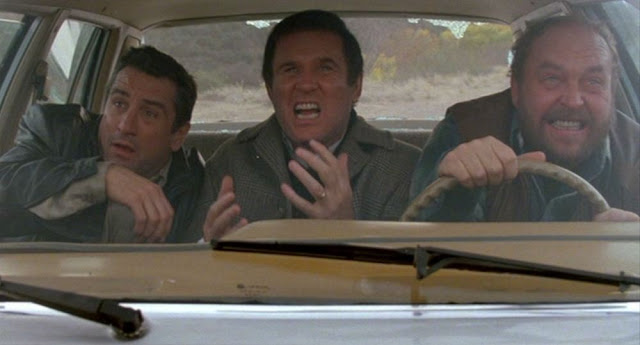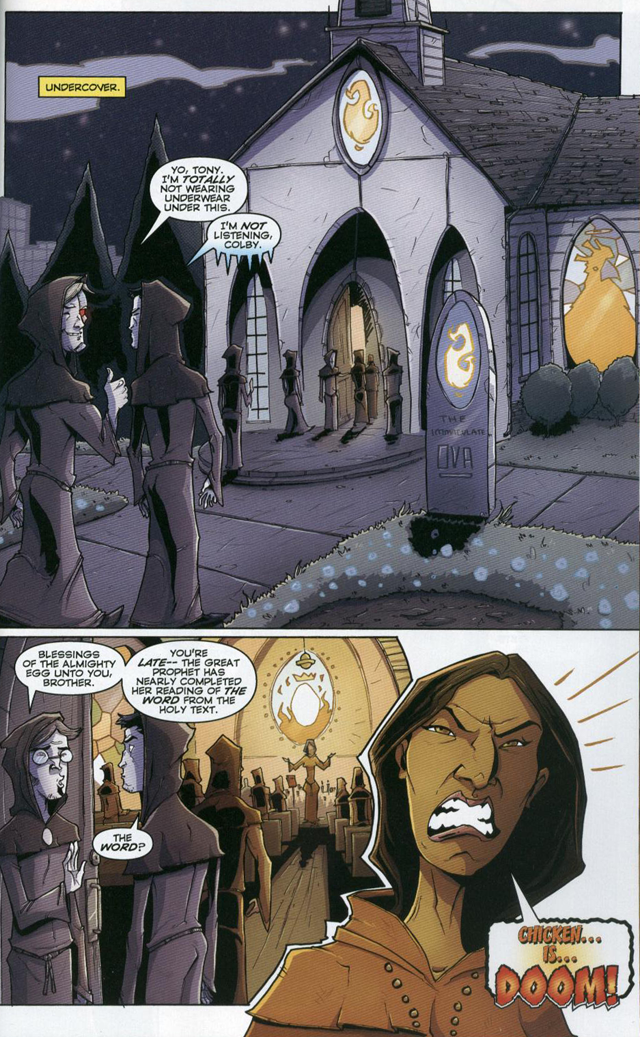Boston Globe film critic Wesley Morris' 2011 essay "Fast forward" insightfully discusses why Universal's Fast and the Furious movies, including the Justin Lin-directed series highlight Fast Five, are so special, particularly to moviegoers of color like myself and Morris who have always wanted to see someone make some good action films that reflect the multiracial world we live in and opt to treat "race as a fact of life as opposed to a social problem or an occasion for self-congratulation":
Go on and laugh your Benetton, Kumbaya, Kashi, quinoa laugh, but it’s true: The most progressive force in Hollywood today is the “Fast and Furious” movies. They’re loud, ludicrous, and visually incoherent. They’re also the last bunch of movies you’d expect to see in the same sentence as “incredibly important.” But they are—if only because they feature race as a fact of life as opposed to a social problem or an occasion for self-congratulation. (And this doesn’t even account for the gay tension between the male leads, and the occasional crypto-lesbian make-out.)
The fifth installment, “Fast Five,” comes out Friday, and unlike most movies that feature actors of different races, the mixing is neither superficial nor topical. It has been increasingly thorough as the series goes on—and mostly unacknowledged. That this should seem so strange, so rare, merely underscores how far Hollywood has drifted from the rest of culture.
The movies have often dealt with race, of course, and when they do they tend to treat it as a serious and unwieldy problem...
That is the loose history of race as a subject in Hollywood: the province of a liberal white industry that wanted to promote fairness and equality, often at the expense of realism and sometimes at the cost of the black characters’ humanness. Movies about race still tend to be self-congratulatory (“Crash”) or mine tension for comedy, the way “48 Hours” and its offspring have...
The “Fast and Furious” movies, by contrast, are free of this angst. They’re basically a prolonged party for a ring of street-racing urban car thieves...
It was a place the movies had never precisely seen before: gangs of young people of different races unified by automotive exhilaration. There were blacks, Asians of all kinds, Mexicans, Michelle Rodriguez, and whatever Vin Diesel and Jordana Brewster are...
Since then, the series has spiraled even further into a world that’s post-racial, post-American, post-almost every category you can think of, including coherent... “Fast Five” sends the gang to Brazil, brings back Tyrese, and invites the half-black, half-Samoan Dwayne “The Rock” Johnson to chase Brian and Dom around Rio...
It’s a strange thing to see these movies as a novelty in 2011, and not because Barack Obama is president. The series has grossed just under $1 billion, and for the young and youngish people who’ve bought tickets (and rented and downloaded it), this is just how the world looks. And it’s how a lot of pop culture looks, too. Last February’s Grammys telecast was a cross-racial bonanza, whose highlight was the team-up of Janelle Monáe, B.o.B, and Bruno Mars, two black artists and one half-Hispanic, half-Filipino, all popular, who, for one evening, tinkered with pop, hip-hop, and rock so that the music they made no longer had a genre.
The movies, meanwhile, have become lucrative in their segregation. While most major-studio productions feature white casts, Tyler Perry has capitalized on the void... From this, the major studios have taken perhaps the wrong lesson: more all-black movies. It’s a development that appears to obviate a need for more integrated ones...
You wouldn’t draw much of a popular audience, mixed or otherwise, to a movie about race, of course. And that is the accidental genius of the “Fast and Furious” movies. They’re not about race. Race—and casualness about race—is just their hallmark. They’re about something else, a great American unifying principle: sexy cars that everybody wants to drive.
Even (or maybe especially) when they’re demolishing the Dominican Republic or tearing up Brazil, these films couldn’t be more American. If we don’t know where race is headed in this country, or where in the movies it ought to be, perhaps we should climb aboard. In the end, it might not be Barack Obama who drives us into the future. It may just be Vin Diesel and The Rock.



























